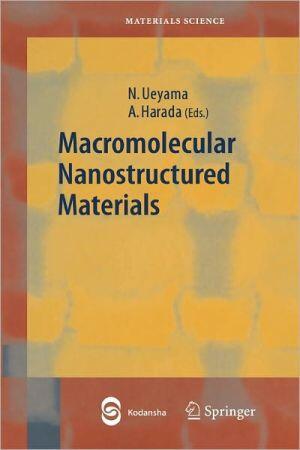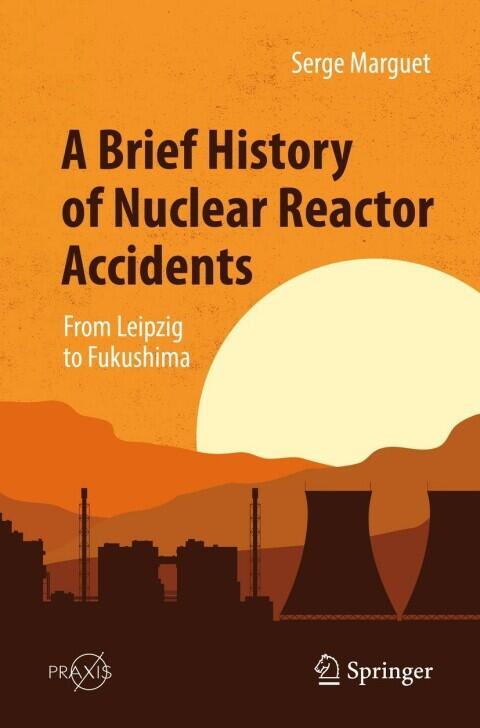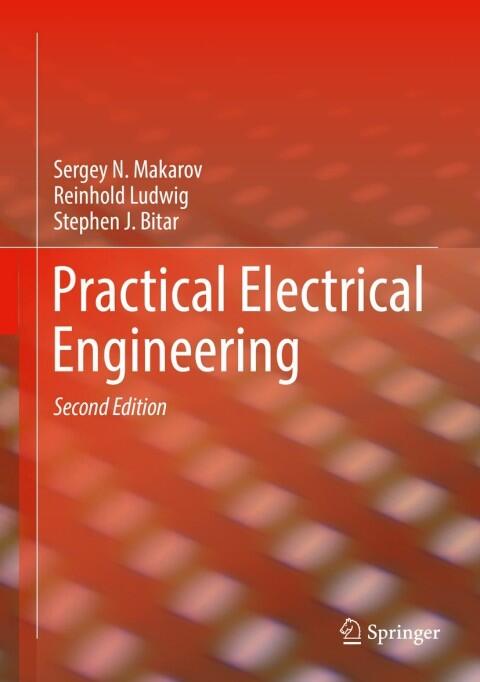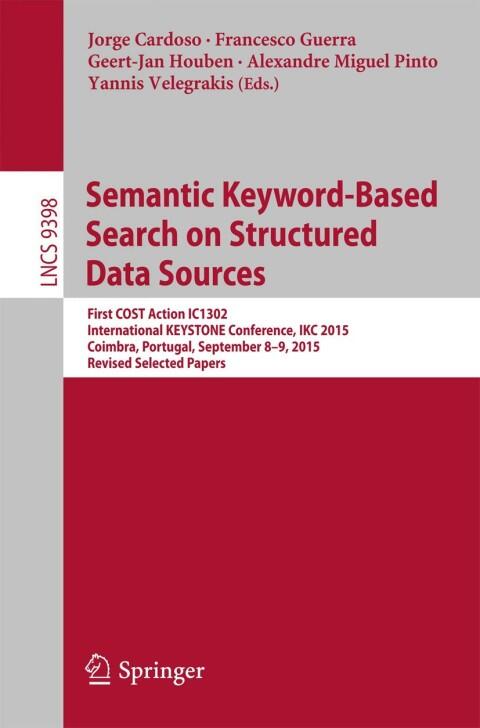
Macromolecular Nanostructured Materials
아직 평점이 없습니다
Science & Technology
형식
페이퍼백
페이지
351
언어
독일어
출판됨
Jan 1, 2010
출판사
Springer-Verlag New York, LLC
판
1
ISBN-10
364206101X
ISBN-13
9783642061011
설명
The work delves into the intricate world of macromolecular nanostructured materials, showcasing a comprehensive exploration of their synthesis and characterization. Akira Ueyama and Norikazu Harada meticulously examine the methodologies behind creating these advanced materials, offering readers insight into various techniques and processes that govern their formation.
Through a blend of theoretical knowledge and practical application, the authors articulate the significance of these materials in contemporary science and technology. They highlight how nanostructured materials can lead to breakthroughs in various fields, including electronics, medicine, and environmental science.
Furthermore, the book discusses the unique properties that arise from the nanoscale structure, emphasizing how these characteristics can be harnessed for innovative applications. With its thorough investigations and analyses, this work serves as a vital resource for researchers, practitioners, and students eager to expand their understanding of macromolecular materials.
Readers are encouraged to engage with the content as it provides not just foundational knowledge but also a forward-looking perspective on future advancements in nanotechnology.
Through a blend of theoretical knowledge and practical application, the authors articulate the significance of these materials in contemporary science and technology. They highlight how nanostructured materials can lead to breakthroughs in various fields, including electronics, medicine, and environmental science.
Furthermore, the book discusses the unique properties that arise from the nanoscale structure, emphasizing how these characteristics can be harnessed for innovative applications. With its thorough investigations and analyses, this work serves as a vital resource for researchers, practitioners, and students eager to expand their understanding of macromolecular materials.
Readers are encouraged to engage with the content as it provides not just foundational knowledge but also a forward-looking perspective on future advancements in nanotechnology.



















